
Flow diagrams of the Shimadzu TOCVCSN unit with the total N unit... Download Scientific Diagram
Learn about Total Organic Carbon (TOC) and the role that a TOC analyzer can play in measuring liquid and water quality.
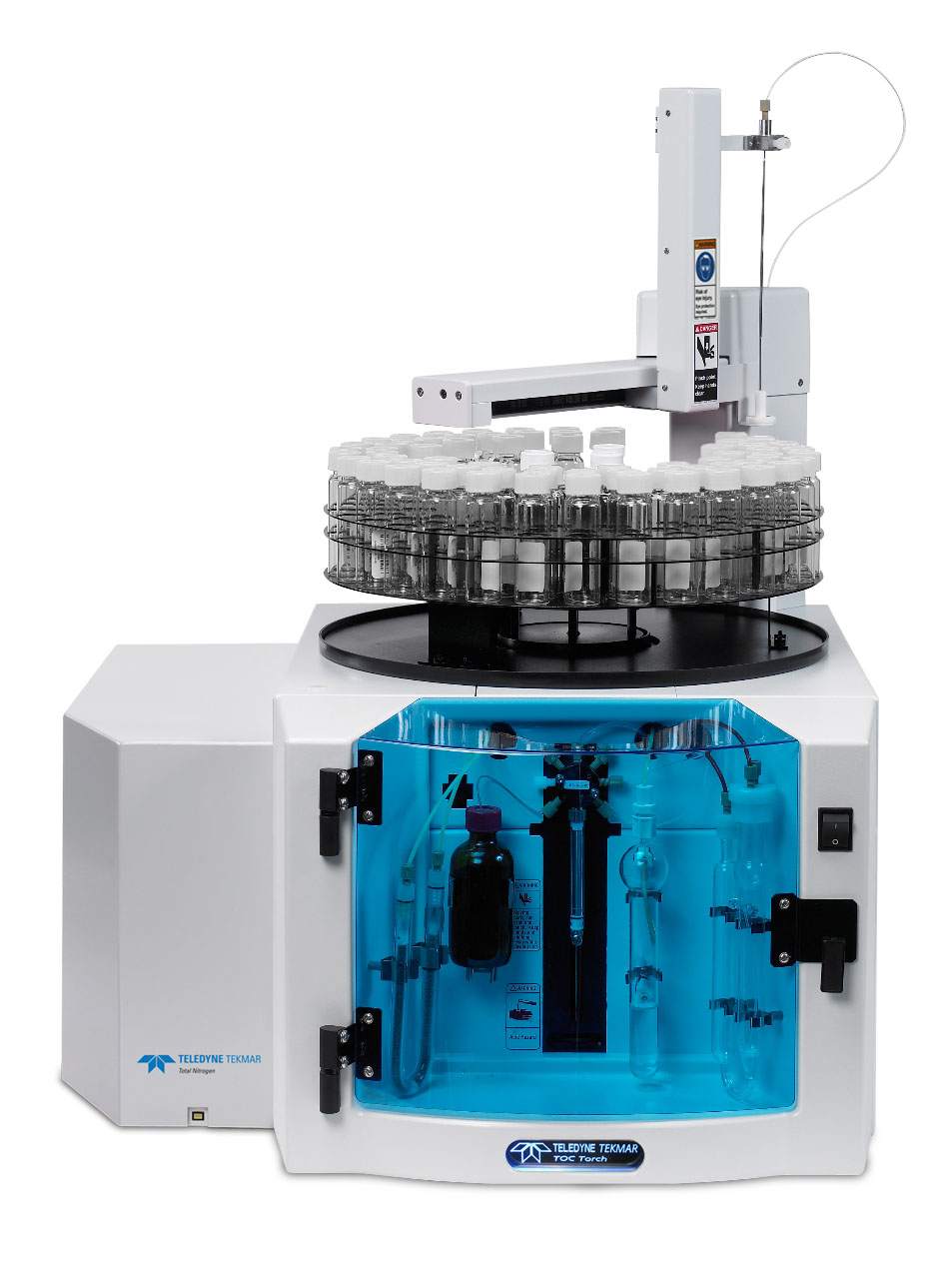
Torch Combustion TOC Analyzer ATS Scientific
Total organic carbon is a measure of the amount of organic compounds contained in a water sample. Organic carbon-containing compounds can either be dissolved in water or exist in water as undissolved, suspended material, or liquid. This organic matter can enter water naturally and through man-made sources/processes.
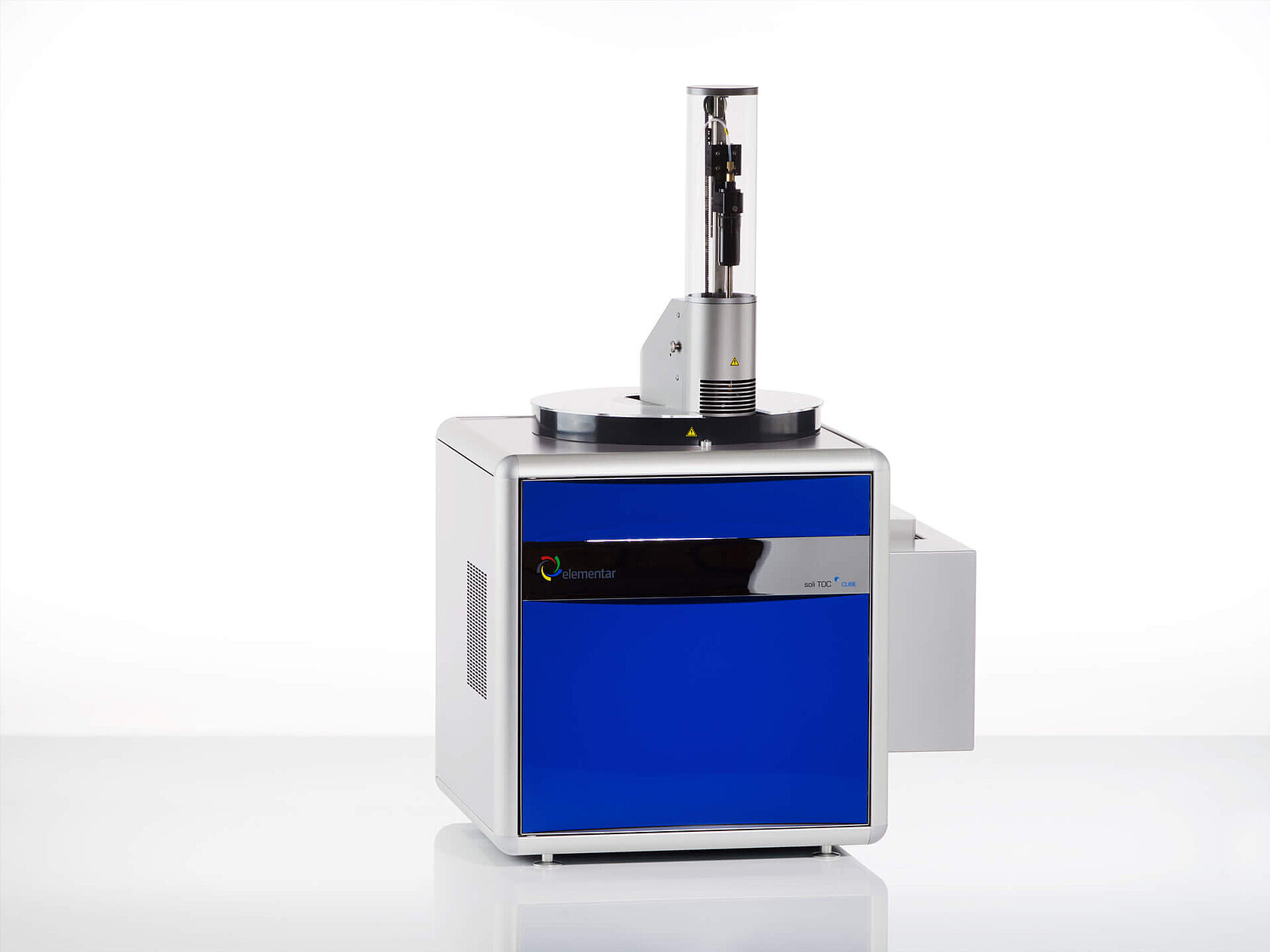
TOC analyzer soli TOC® cube offers unmatched precision Elementar
What is a Total Organic Carbon (TOC) Analyzer? TOC analyzers measure the amount of organic compounds contained in a water sample. Organic carbon-containing compounds can either be dissolved in water or exist in water as undissolved, suspended material, or liquid. This organic matter can enter water naturally and through man-made sources/processes.
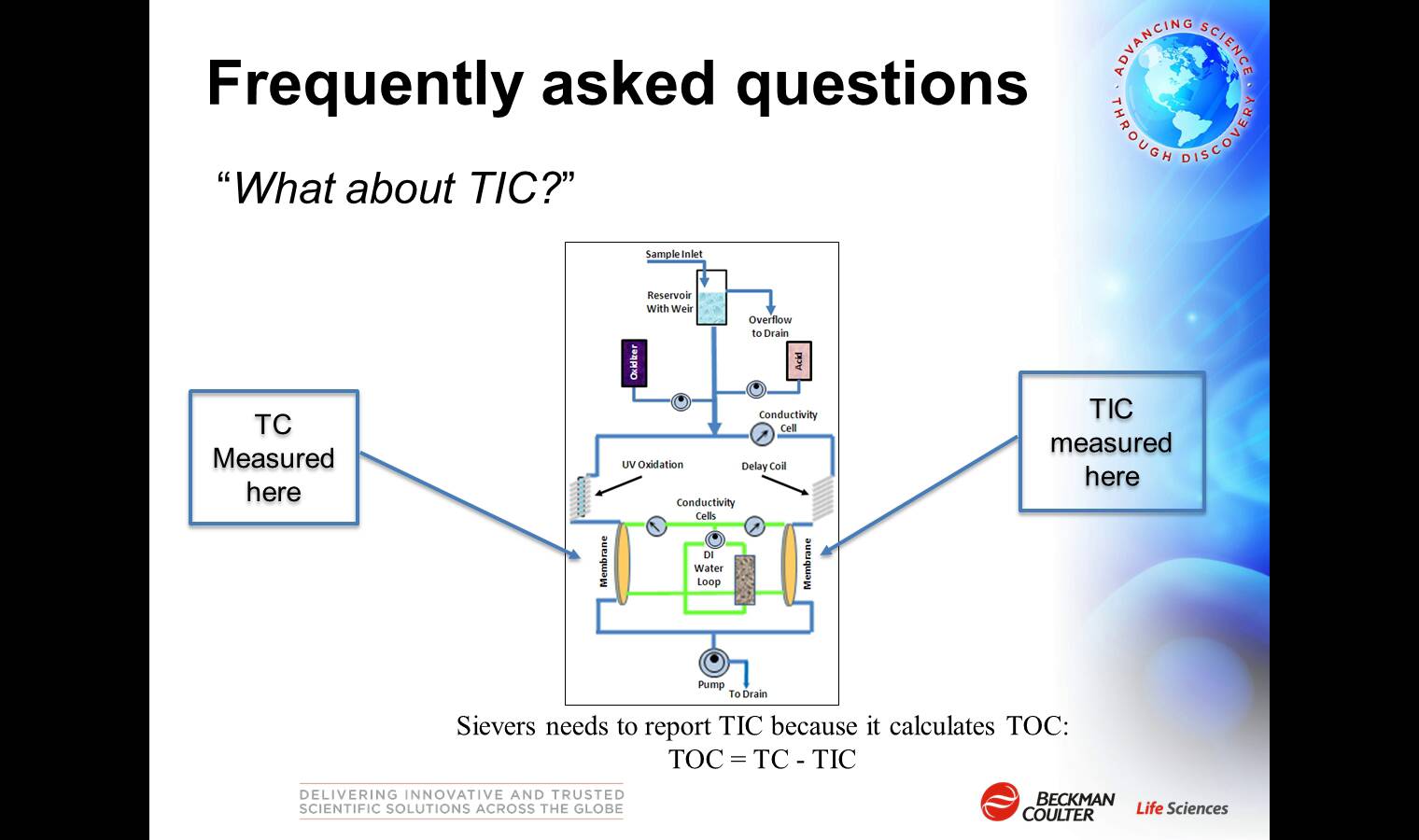
ICH Q2 Validation of Analytical Procedures for Pharmaceutical TOC Analyzers
TOC refers to a Total Organic Carbon analyzer, which utilizes a catalytic oxidation combustion technique at high temperature (the temperature raises up to 720 ºC), to convert organic carbon into CO 2. The CO 2 generated by oxidation is measured with a Non-dispersive Infra-Red (NDIR) sensor. By using special kits and (dilution) methods the.
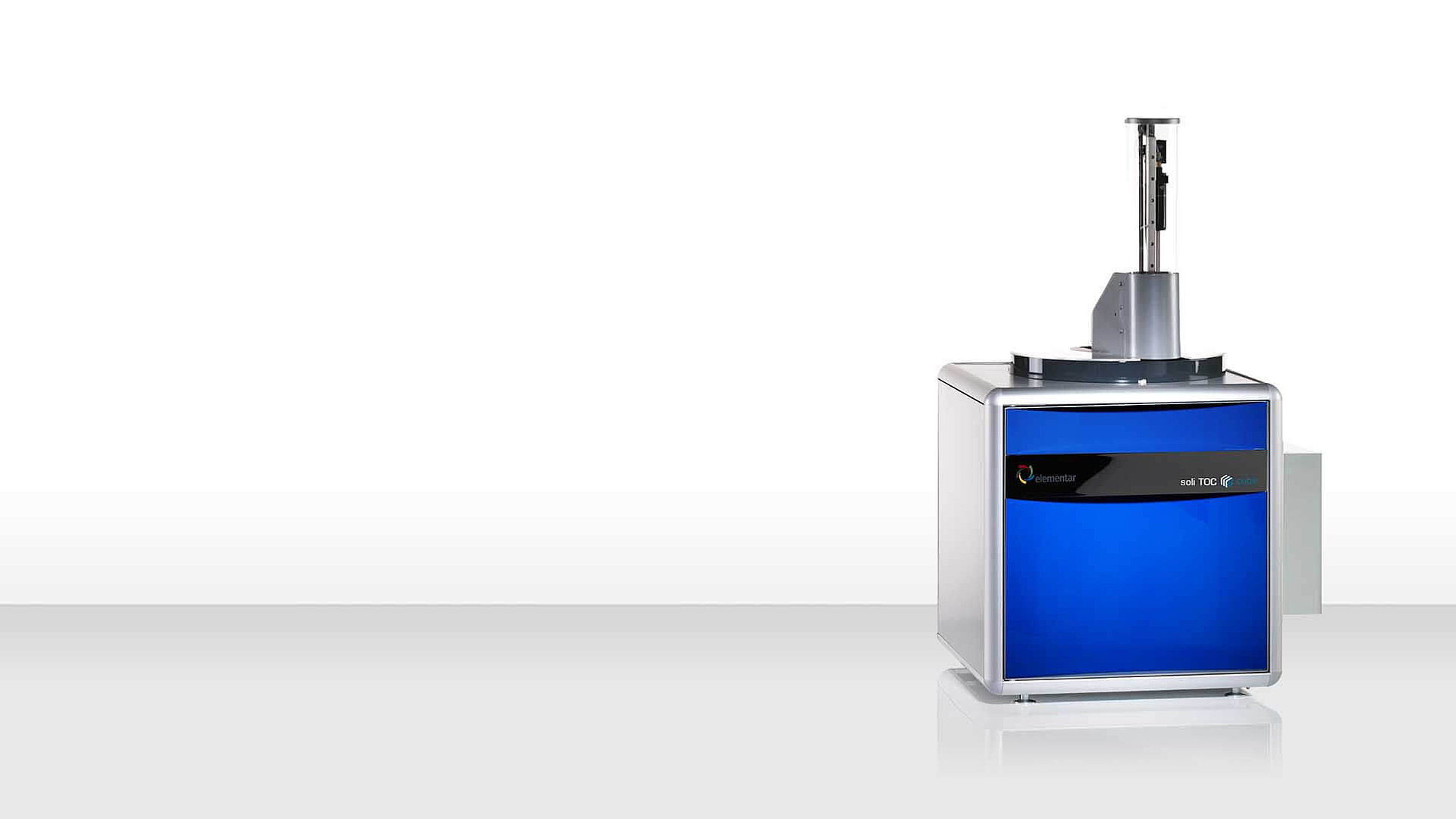
TOC analyzers for fast and easy TOC determination Elementar
TOC serves as a measure of the overall carbon content within organic compounds found in water. Industries such as pharmaceuticals, food and beverage, chemical production, and wastewater treatment plants heavily rely on monitoring TOC levels. Elevated TOC levels can indicate the presence of organic matter, which, if discharged into water bodies.

TOC analyser improves lab efficiency Labmate Online
TOC Analyzer Working Principle. by Editorial Staff. Total Organic Carbon (TOC) measurement is commonly used to determine the degree of organic contamination in water. Total Organic Carbon (TOC) is an indirect measure of organic molecules present in water and measured as carbon. Organic molecules are introduced into the water from the source.

PROTOC® Spyder TOC analyser controller Pollution & Process Monitoring (PPM) ESI Enviropro
Total Organic Carbon can be measured using a TOC analyser. This works by oxidising the organic compound to a form which can be quantified. Oxidising organic carbon produces Carbon Dioxide, which can then be measured and the value converted into a TOC measurement. TOC analysis involves the calculation of this measurement and then the subtraction.

PPT TOC MEASUREMENT OF PHARMA WATERS PowerPoint Presentation, free download ID6791560
2011 Ocean particulate organic carbon derived from the MODIS-aqua. Total organic carbon (TOC) is an analytical parameter representing the concentration of organic carbon in a sample. TOC determinations are made in a variety of application areas. For example, TOC may be used as a non-specific indicator of water quality, or TOC of source rock may be used as one factor in evaluating a petroleum play.

PPT TOC and Conductivity for USP and EP Water Systems PowerPoint Presentation ID3053882
Every Product, Process, and Solution is Grounded By Decades of First-Hand Experience. We Provide a Range of Industry-Leading Water Quality Monitoring Equipment & TOC Sensors.
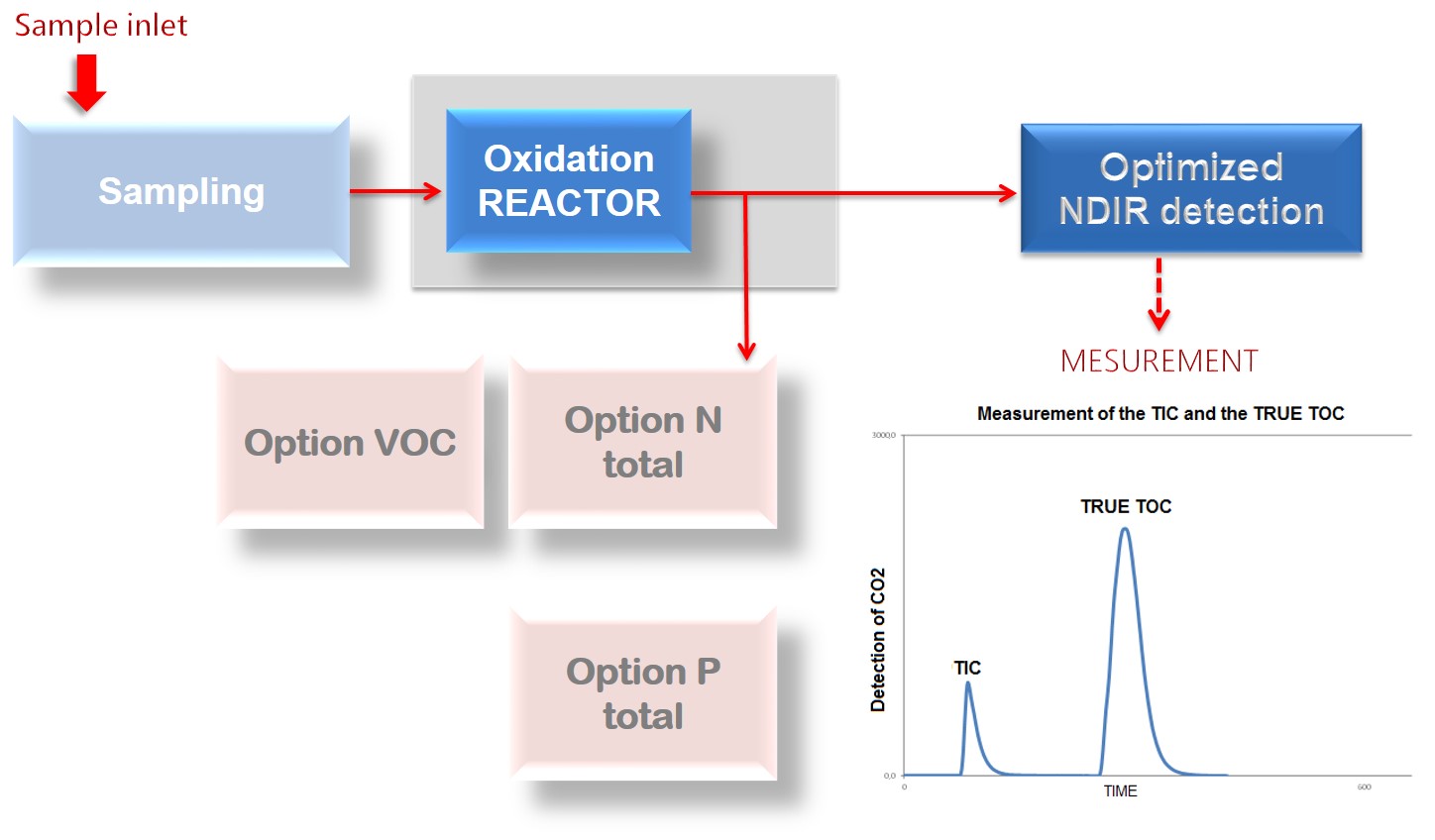
TOC Evolution vuv Total Organic Carbon Online analyser
We have acquired more than 30 patents for water analyzing technical innovations— including the Sievers Membrane Conductometric Method and the Integrated On-Line Sampling (iOS) System. Sievers TOC Analyzers cover a dynamic analytical range from 0.03 ppb up to 50,000 ppm and provide solutions across diverse industries and applications.
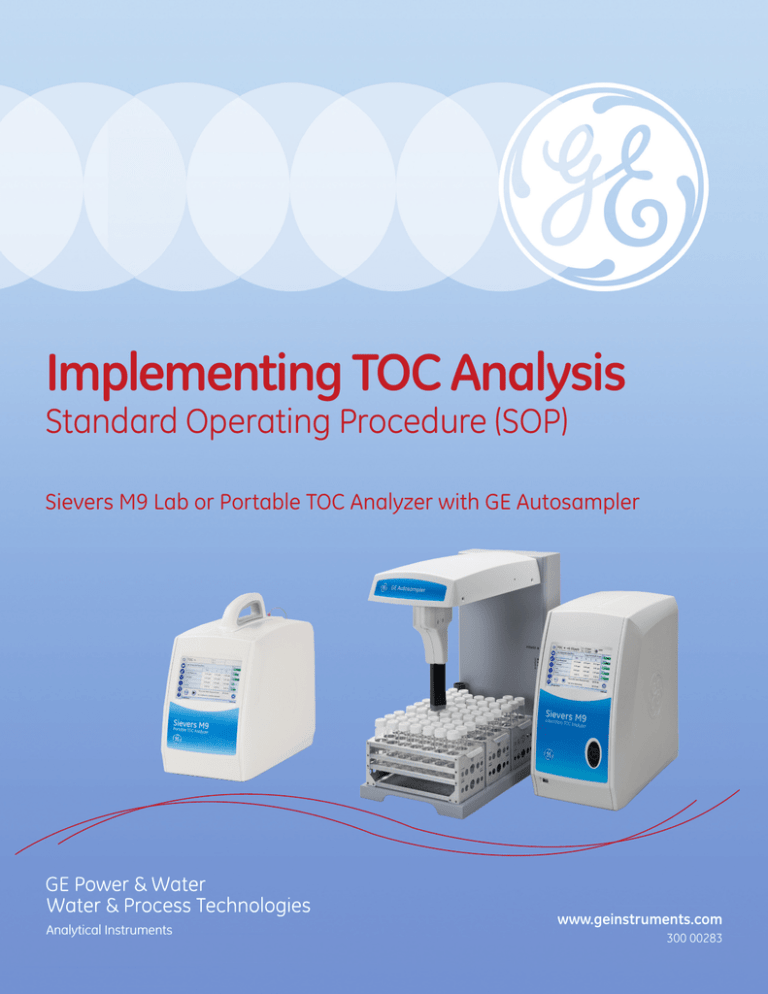
Implementing TOC Analysis GE Analytical Instruments Manualzz
The TOC-L series of TOC analyzers adopts the 680°C combustion catalytic oxidation method, which was developed by Shimadzu and is now used worldwide. While providing an ultra wide range of 4 μg/L to 30,000 mg/L, these analyzers boast a detection limit of 4 μg/L through coordination with NDIR. This is the highest level of detection sensitivity.

TOC PPB Analytical Inc.
An online TOC analyzer is an instrument designed to continuously monitor the organic carbon content in water or process streams in real time. It provides immediate feedback on the organic carbon levels, allowing you to detect anomalies early and take prompt corrective action.
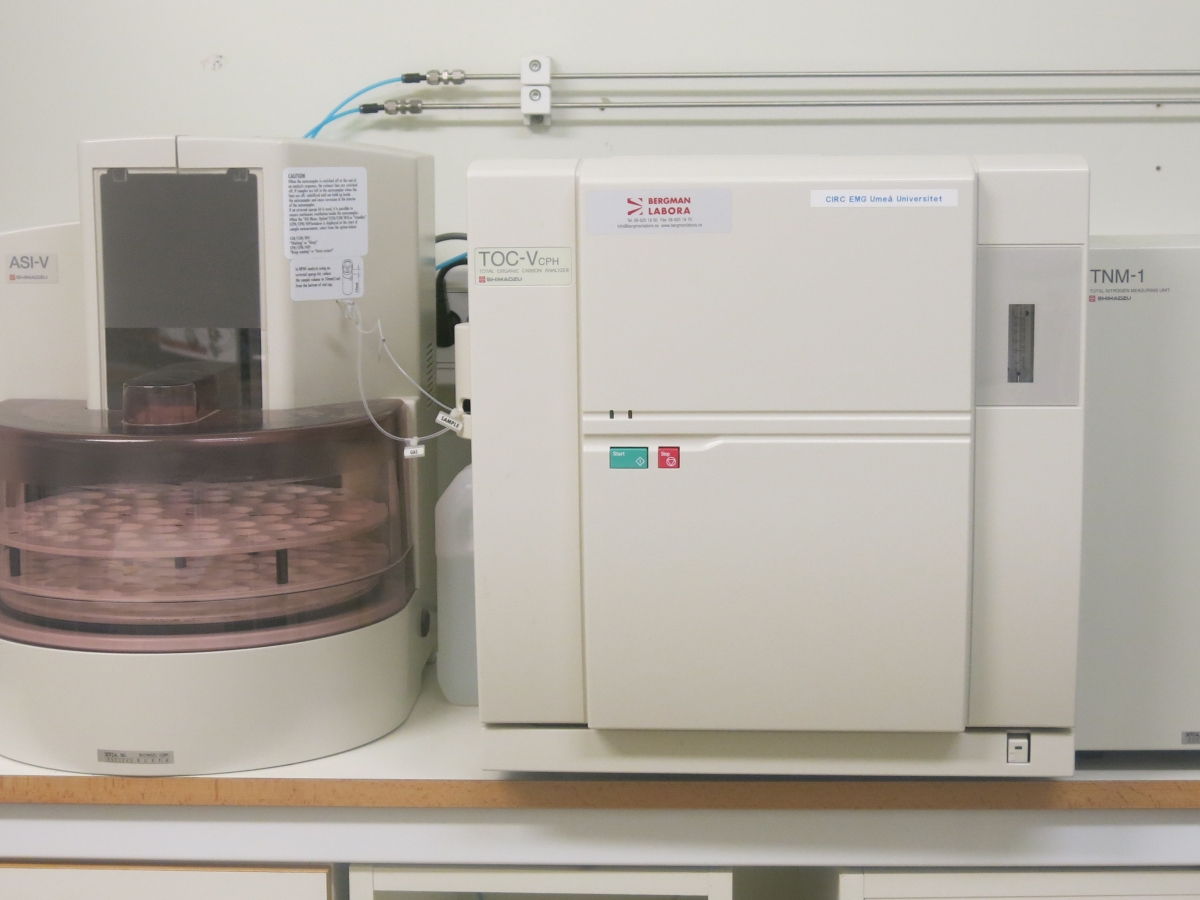
Shimadzu Total Organic Carbon Analyzer (TOCVCPH) and Shimadzu ASIV Autosampler — Climate
Principle. The sample water enters the analyzer and passes through a pressure regulator, which controls sample pressure to downstream components. Then, the sample is splits into two flow paths, where a portion of the flow is directed to the by-pass streamline, where resistivity/ conductivity and temperature are measured via a sensor (a).
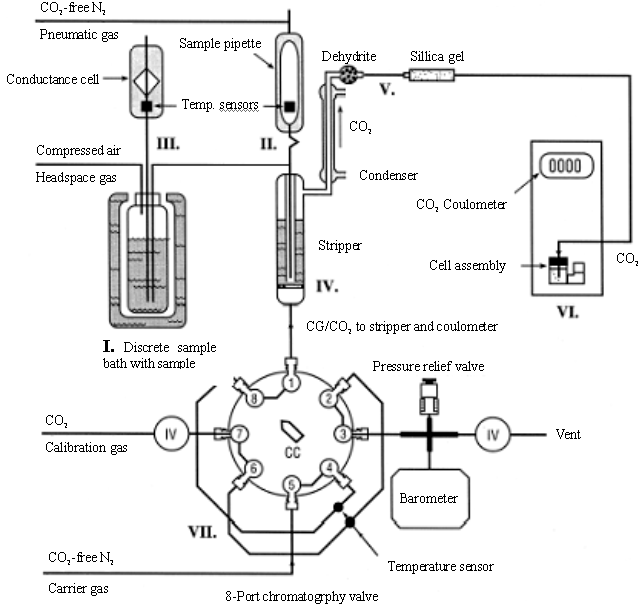
061006re
One of the most important specifications provided for total organic carbon (TOC) analyzers is the measuring range. Accuracy, resolution, and analysis time are important as well. Analytical range is the range of TOC values that a device can analyze effectively. Analyzers with a long range can measure a wider variety of sample types.
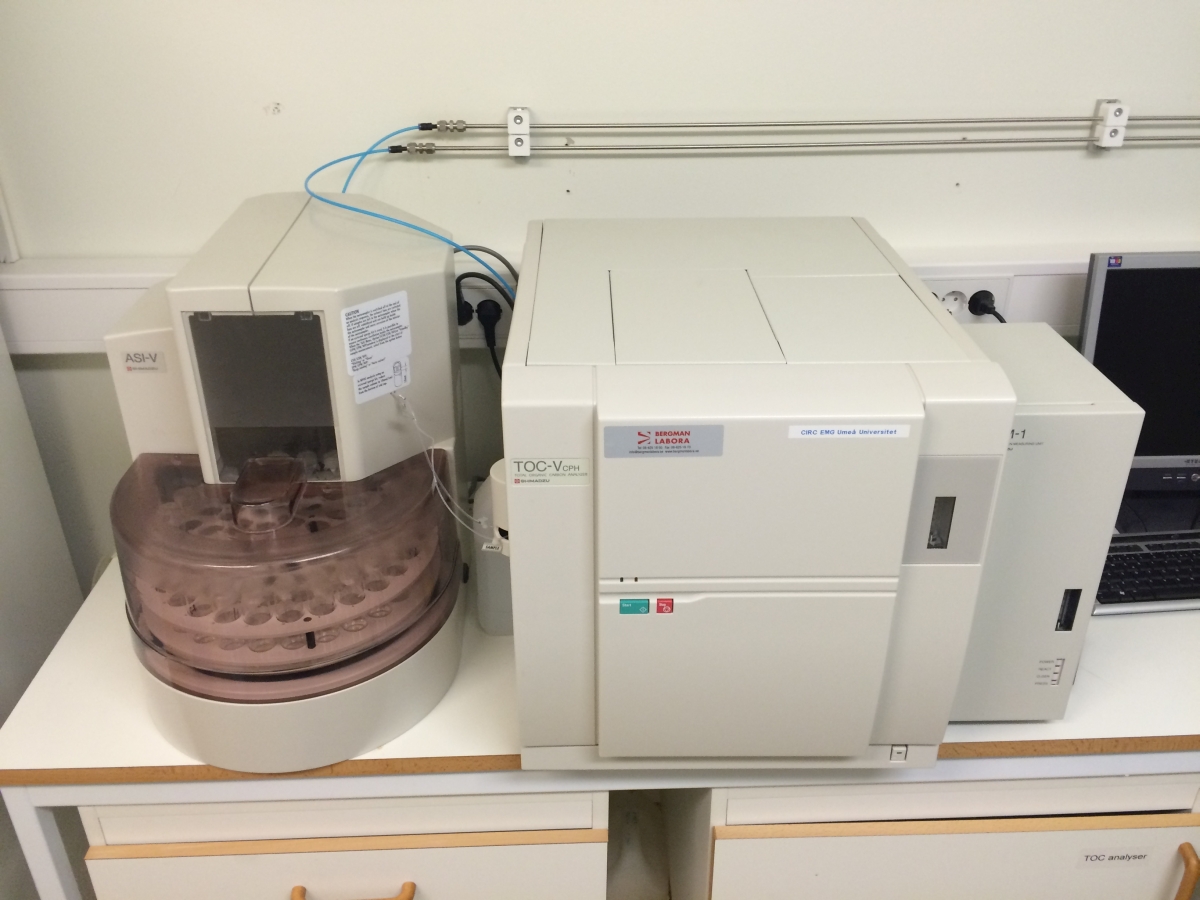
Shimadzu Total Organic Carbon Analyzer (TOCVCPH) and Shimadzu ASIV Autosampler — Climate
Total organic carbon analyzers measure the amount of organic, inorganic, or total carbon in water or soil samples. TOC is an important indicator of disinfection byproducts and the byproduct rule requires drinking water facilities to measure TOC removal. TOC also correlates with BOD or COD in many matrices and can be used as a surrogate for those tests.
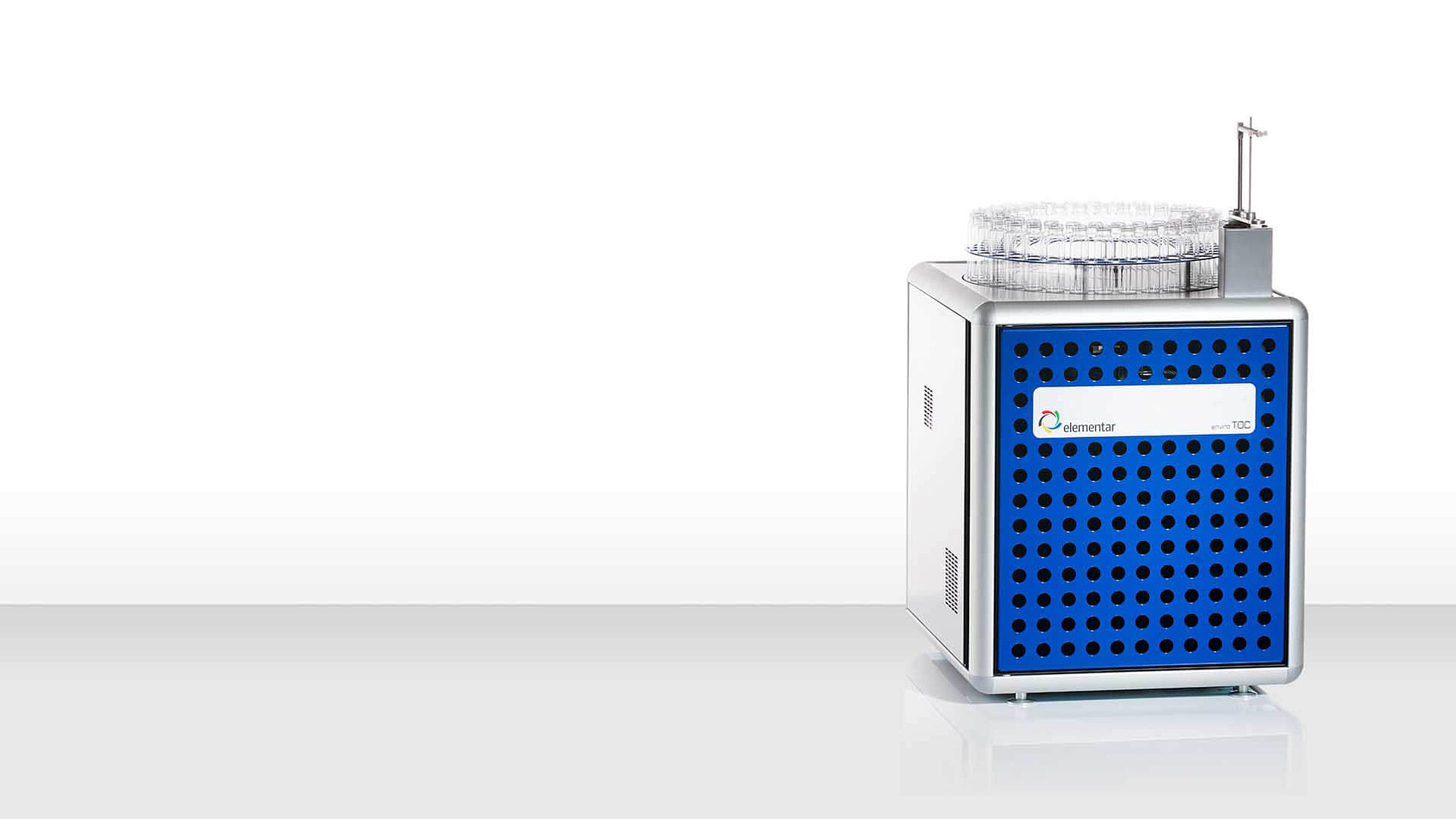
TOC analyzers for fast and easy TOC determination Elementar
Measuring IC. TFor TOC measurement, IC refers to the total quantity of inorganic carbon contained inr (where CO 2 indicates dissolved carbon dioxide, HCO 3-bicarbonate ions, and CO 3 2-carbonate ions). The quantities of dissolved carbon dioxide, bicarbonate ions, and carbonate ions in water are kept in an equilibrium that depends on the pH level of the water, according to the expression below.